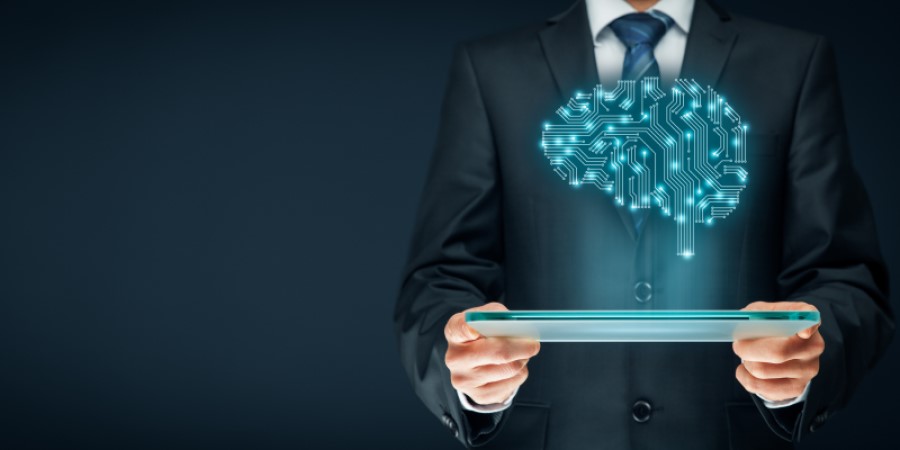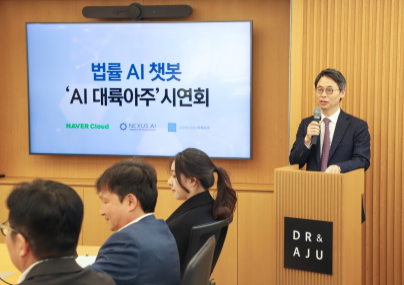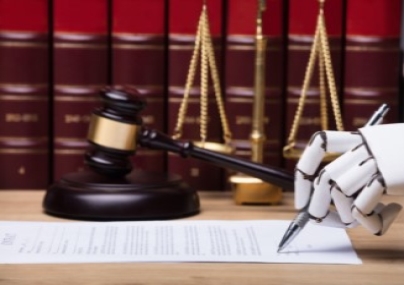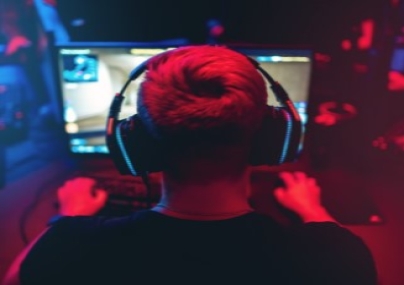
ChatGPT might be the latest kid on the AI block, but law firms have been using tools such as ROSS, TAX-I and Litigate for some time now. However, the news of Allen & Overy’s (A&O) ground-breaking partnership with Harvey, an innovative artificial intelligence platform built on an enhanced version of OpenAI’s revolutionary GPT models, shows that AI is set to become a vital part of the legal industry’s future.
Harvey is a platform that uses natural language processing, machine learning and data analytics to automate and enhance various aspects of legal work, such as contract analysis, due diligence, litigation, and regulatory compliance. Tim Beech, Singapore-based joint office managing partner at A&O, tells ALB that Harvey has been tested in beta by a team of A&O lawyers and developers since November 2022.
“At the end of the trial, around 3500 of A&O’s lawyers had asked Harvey around 40,000 queries for their day-to-day work. For us, Harvey is not just a platform, but a game-changer for enhancing and transforming legal services,” says Beech.
Another international firm, White & Case, has also been utilizing a variety of AI tools in both corporate and litigation practices. By applying Continuous Active Learning (CAL) and Technology Assisted Review (TAR) of AI tools, the firm says it can help lawyers to meet tight client deadlines without loss in quality and accuracy of review.
“We understand that legal technology is no longer ‘good to have’, but ‘must have’ for a big law firm,” says David Li, office executive partner at White & Case’s Beijing office.
“On the corporate side, White & Case uses an AI-enabled due diligence and contract review platform, Luminance, to help lawyers summarize key contractual provisions quickly and with more efficient allocation of resources and 30-40% of cost savings,” he elaborates. “On the litigation side, the firm uses the industry-leading AI tools such as Brain-space and Relativity to ‘learn’ from the lawyers’ decisions/coding and identify potential risks, and better inform the legal strategy.”
White & Case is not only constantly assessing their existing tools against new tools in the market, but also doing the same with ChatGPT and similar tools tailored or otherwise relevant to the legal sector, according to Li. He points out that “AI has the potential to significantly change how the legal profession works. With the use of AI, law firms are more efficient in many different areas and improve the quality of service for clients.”
“As large language models (LLMs) gradually become more mature, we are likely to see AI being used more frequently in tasks that are time-consuming and labour-intensive, such as legal research or document drafting of initial drafts or specific clauses,” adds Li.
Beech also believes that “the Harvey platform enables lawyers to work more efficiently and effectively, as well as giving A&O a significant competitive edge in the legal market.”
“We could not rely solely on the outputs of Harvey for legal advice, but it does mean that our lawyers can focus their brilliant brain power where it’s most valuable: as we all know, it’s much easier to edit a document of any sort than it is to begin by staring at a blank page. Harvey means you’re never starting from a blank page,” he says.
However, while there is great excitement and potential with AI tools, firm leaders also warn there are risks to watch out for.
According to Li, concerns frequently heard from lawyers when considering using AI on their matters is “whether AI tools guarantee accuracy.” Also, the information provided by AI out-of-the-box should not be considered a substitute for substantive review of documents by appropriately qualified persons.
Therefore, the more lawyers have access to those advanced tools, the more familiar they will become of their limitations, and then they can make decisions about whether or not to deploy AI for the task at hand.
Law firms have already begun to understand the power of AI tools, and they are now exploring further. Li shares that White & Case has built a diverse business service team that consistently evaluates and selects new AI-enabled tools that can help lawyers improve their existing workflows. The team also designs best practices for using the tools and provides technical support.
Also, “at the leadership level, we have assembled a task force to study the implications that new AI technology may cause to the practices and to make recommendations on how the firm should approach and adapt to these new tools,” says Li.


